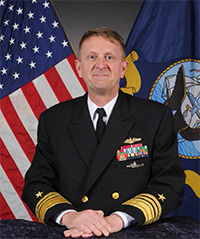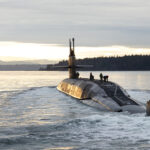
Depending on when the National Nuclear Security Administration (NNSA) can “really” manufacture new plutonium pits, and depending on what “the real capacity” to make pits is, the Navy might be locked out of certain design choices for a planned new warhead, an admiral said Wednesday. “[I]f we can’t get the requisite number of pits that we need for warheads in the future … we’re going to have a tough discussion about how many pits do we reuse,” Vice Adm. Johnny…

 By
By 










